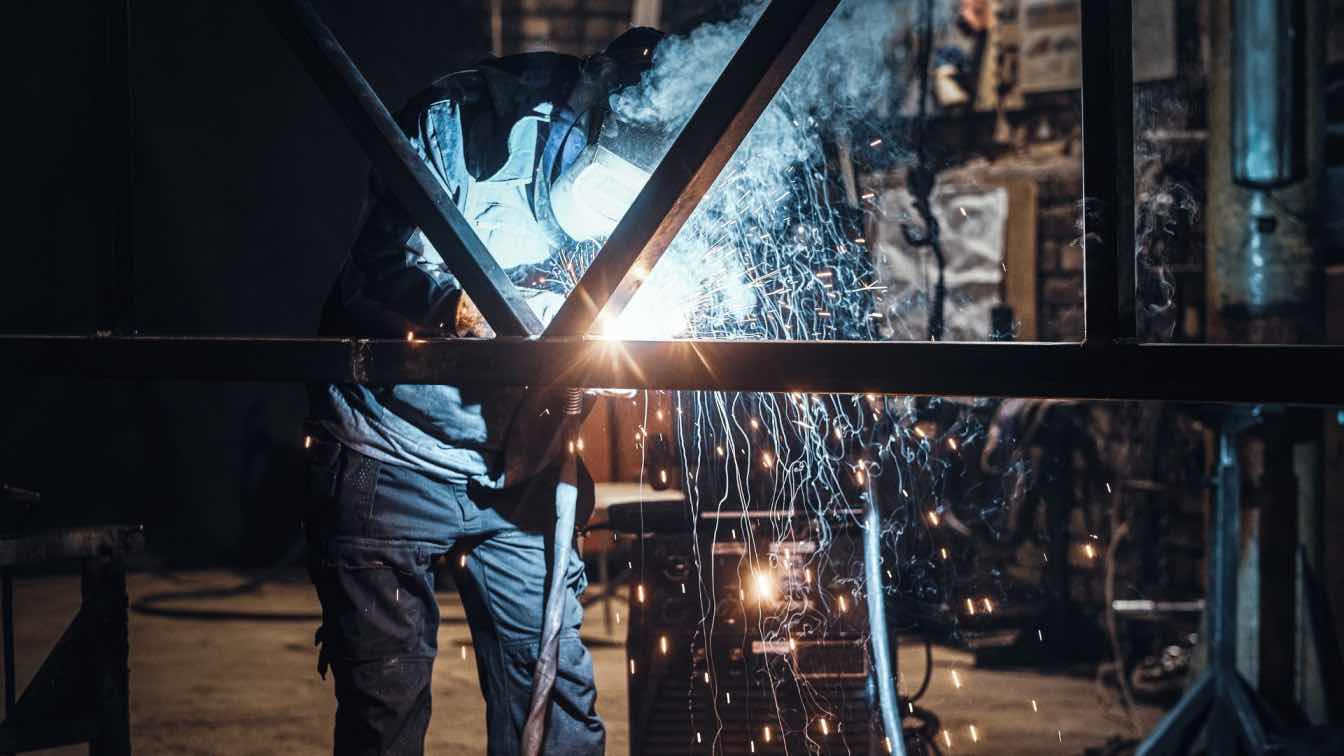Strict safety practices need to be maintained while fabricating stainless steel. Otherwise, there is a high risk of potential injuries and accidents due to the hazardous environments involved in the process. Thus, strict safety practices must be implemented to protect the workers. Let’s learn about the safety measures every steel fabrication workshop must abide by to ensure efficient, safe, and compliant operations.
Using Safety Gear
The most basic but essential gear for maintaining safety in a steel fabricating workshop is Personal Protective Equipment (PPE). It helps to protect the worker from sparks during welding and cutting processes, sharp edges, and high temperatures. The essentials include safety gloves to protect from abrasions and burns or while handling hot materials. One should wear a helmet for head protection and protect the eyes from sparks and debris by wearing safety goggles. The PPE should be regularly inspected, and it also significantly reduces the risk of workplace injuries.
Regular Safety Training
The workers at the steel fabricator workshop must undergo regular safety training and drills to help them learn the correct process of handling complex machinery or while working through high-temperature processes. Every worker should know the latest safety regulations and maintain the best practices. They should undergo proper training regarding operating the machinery and responding to emergencies. It is also essential to build a team through collective training sessions so that everyone can aid their colleagues in their time of need.
Routine Equipment Maintenance
Machines can malfunction without any prior warning, so it is necessary to follow a proper maintenance routine. Every tool and machinery should be well-maintained, which reduces the chances of hazardous breakdowns and accidents. Try to identify loose parts or electrical faults through routine inspection. It is also essential to check whether all equipment is in optimal working condition. Also, a maintenance database should be kept to track equipment performance based on industry standards.
Ventilation and Fume Control Systems
It is common in a steel fabrication workshop to release hazardous fumes and harmful particles, which can lead to respiratory issues over time. Thus, the workshop must have adequate ventilation and maintain safe air quality by positioning the fans to remove fumes. Air filters should be installed to eliminate the toxic particles directly from the source. The ventilation equipment should meet the regulatory standards to keep the workspace safe and compliant with health regulations.
Why is Steel Fabrication in High Demand?
1. Steel has a low environmental impact due to its recyclable quality. Thus, it can be melted and reused for various purposes, making it sustainable.
2. Steel might initially seem expensive, but over time, one does not need to indulge in frequent replacement and repair.
3. Steel fabrication allows the purchase of steel in various forms, such as sheets, beams, and rods, making it a low-maintenance material for every commercial project.
Conclusion
Steel has an exceptional strength-to-weight ratio and easily resists warping, cracking, and even splitting, making it a durable and reliable material for long-term structural applications. Therefore, Brisbane Steel Fabricators must follow adequate safety measures to mitigate risks and enhance productivity in these workshops.





